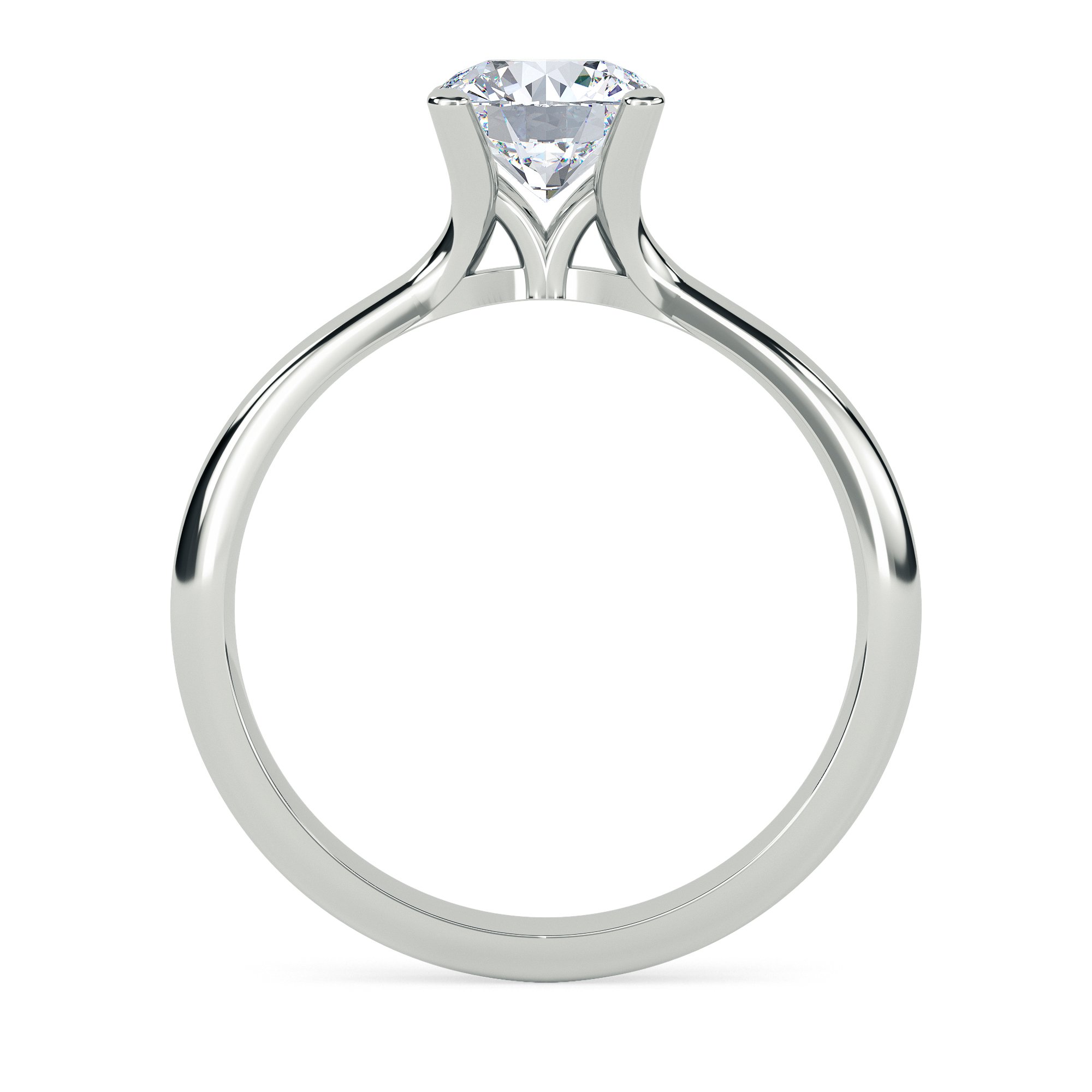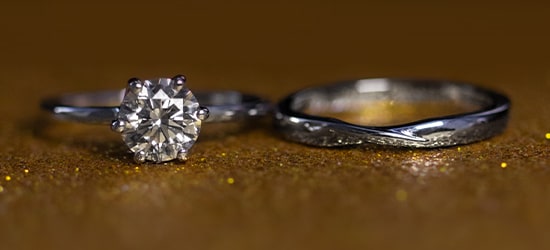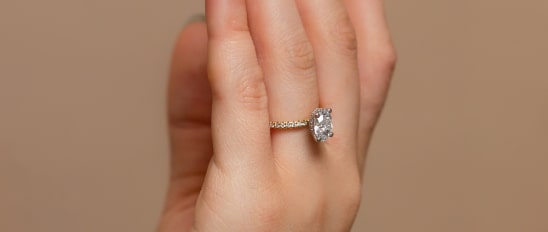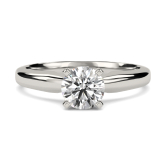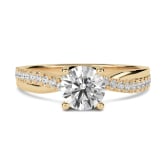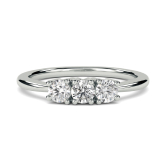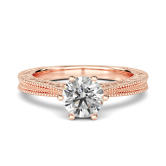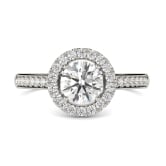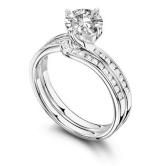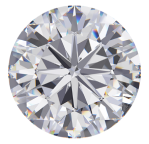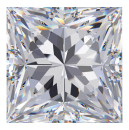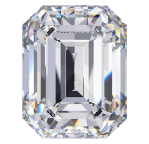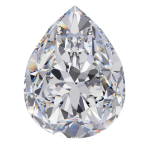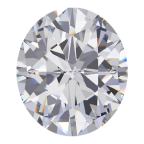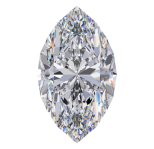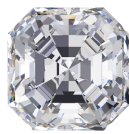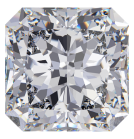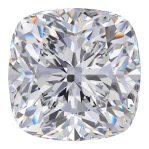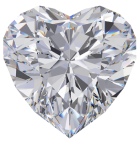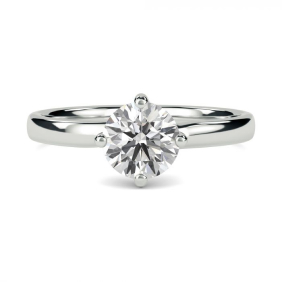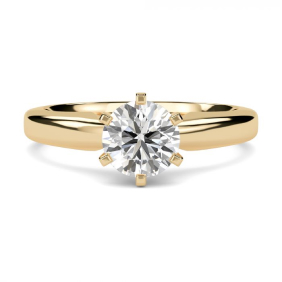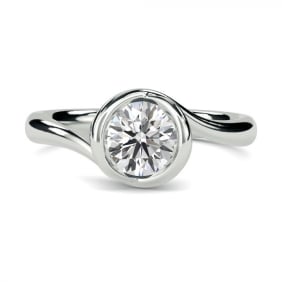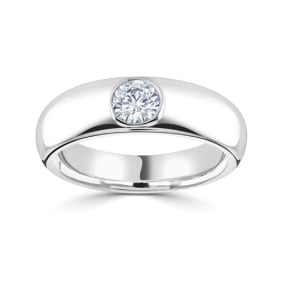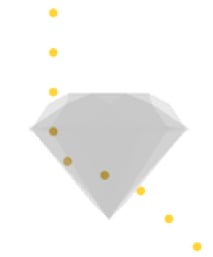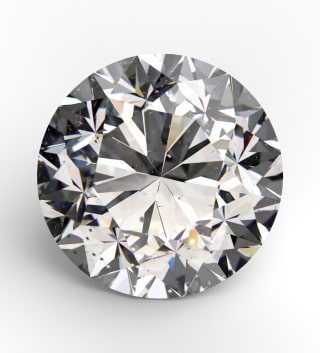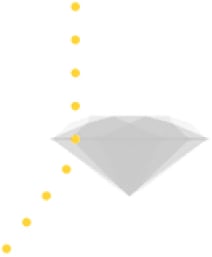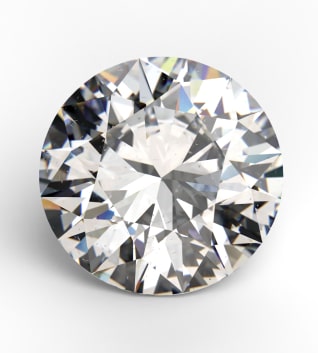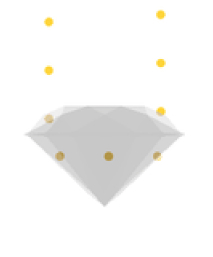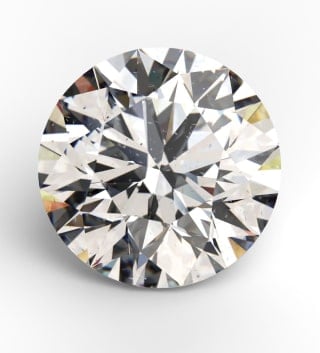CARAT
Carat refers to the weight of a diamond. Diamonds are all weighed in metric carats rather than grams or ounces. This is a standard industry practice around the world.
Diamond is expressed to the hundredth of a carat. Carat weight of less than a carat is expressed in points. So, for example, a 0.75ct diamond will be 75 points. Most jewellers will refer to carat weight in this terminology.
Another way to explain this would be using pounds, 100 pence equals 1 whole pound. Therefore 50pts will be 0.50ct and so on.
A common misconception is that it refers to the physical size of a diamond, which is incorrect. The diamond weight does not govern the size of stone.
We always recommend trying a range of carat weights on to determine which will be best for you. This way you will also be able to assess the visible size.



